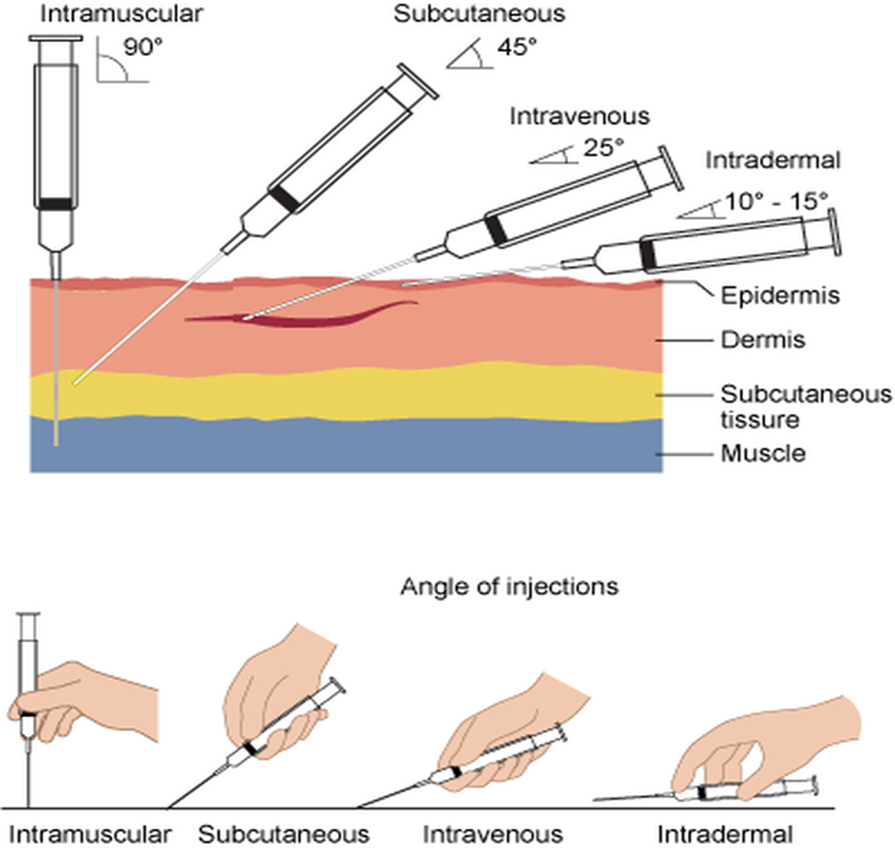Which of the following specimens has a phlebotomist appropriately prepared for transport?
A red-top tube that is being shipped after clotting for 15 minutes and being centrifuged
A tube containing serum that is being shipped after separation from a lavender-top tube
A tiger-top tube for bilirubin testing that is being shipped in a clear biohazard bag
A green-top tube for ammonia testing that is being shipped in an icy water mixture
The Correct Answer is D
Choice A Reason:
A red-top tube is used for serum determinations in chemistry and should be allowed to clot completely, typically for 30 minutes, before centrifugation. Shipping after only 15 minutes may result in incomplete clotting and potentially inaccurate test results.
Choice B Reason:
Serum should not be separated from a lavender-top tube, as this type of tube contains EDTA and is used for whole blood tests, not serum. This indicates a misunderstanding of the tube's purpose and could lead to compromised test results.
Choice C Reason:
A tiger-top tube, also known as a serum separator tube, is used for various chemistry tests. However, bilirubin is light-sensitive, and specimens for bilirubin testing should be protected from light, not shipped in a clear bag. This could lead to degradation of the bilirubin and inaccurate results.
Choice D Reason:
A green-top tube contains heparin and is used for plasma determinations. Ammonia testing requires the plasma to be placed on ice immediately after collection to inhibit the continued production of ammonia from red blood cells. Therefore, shipping in an icy water mixture is the correct procedure to ensure accurate ammonia levels.
In conclusion, the proper preparation and transport of blood specimens are crucial for the accuracy of laboratory tests. The green-top tube for ammonia testing, shipped in an icy water mixture, is the only option that follows the correct protocol for specimen handling and transport.
Nursing Test Bank
Naxlex Comprehensive Predictor Exams
Related Questions
Correct Answer is C
Explanation
Choice A reason:
Having the bevel down at a 30° angle is not the correct needle position for venipuncture. The bevel of the needle should be facing up to allow for a smoother insertion and to minimize the risk of damaging the vein or causing discomfort to the patient.
Choice B reason:
Positioning the bevel up at a 45° angle is not recommended for venipuncture as this angle is too steep and could lead to the needle penetrating through the vein, potentially causing a hematoma or other complications.
Choice C reason:
The bevel up at a 30° angle is the correct position for venipuncture. This position allows the phlebotomist to insert the needle with the bevel facing upwards, which is the sharpest part of the needle, ensuring a clean entry into the vein. The 30° angle is shallow enough to enter the vein without going through it and causing injury.
Choice D reason:
A bevel down at a 45° angle is incorrect for the same reasons as choice B. Additionally, with the bevel down, the non-beveled side, which is duller, would make the initial contact with the skin, potentially causing more pain and making it more difficult to penetrate the vein.

Correct Answer is A
Explanation
Choice A Reason:
When a patient is under "Contact Precautions," it is recommended that healthcare workers don a gown upon entering the patient's room. This is to prevent the spread of infection through contact with the patient or their environment. The gown should be removed before leaving the room to avoid contaminating other areas.
Choice B Reason:
While a face shield may be necessary for certain procedures, it is not specifically required for "Contact Precautions." The primary concern with contact precautions is preventing the transmission of infections through touch, not through droplets, which is what a face shield would protect against.
Choice C Reason:
Donning a mask is not a standard requirement for "Contact Precautions" unless there is a risk of droplet transmission. In this scenario, the precautions are specifically for contact, and therefore, a mask alone would not be sufficient.
Choice D Reason:
Gloves should be donned before any potential contact with the patient or their immediate environment, not just after cleaning and evaluating the venipuncture site. Gloves are a critical component of PPE when dealing with patients under "Contact Precautions."
Whether you are a student looking to ace your exams or a practicing nurse seeking to enhance your expertise , our nursing education contents will empower you with the confidence and competence to make a difference in the lives of patients and become a respected leader in the healthcare field.
Visit Naxlex, invest in your future and unlock endless possibilities with our unparalleled nursing education contents today
Report Wrong Answer on the Current Question
Do you disagree with the answer? If yes, what is your expected answer? Explain.
Kindly be descriptive with the issue you are facing.
